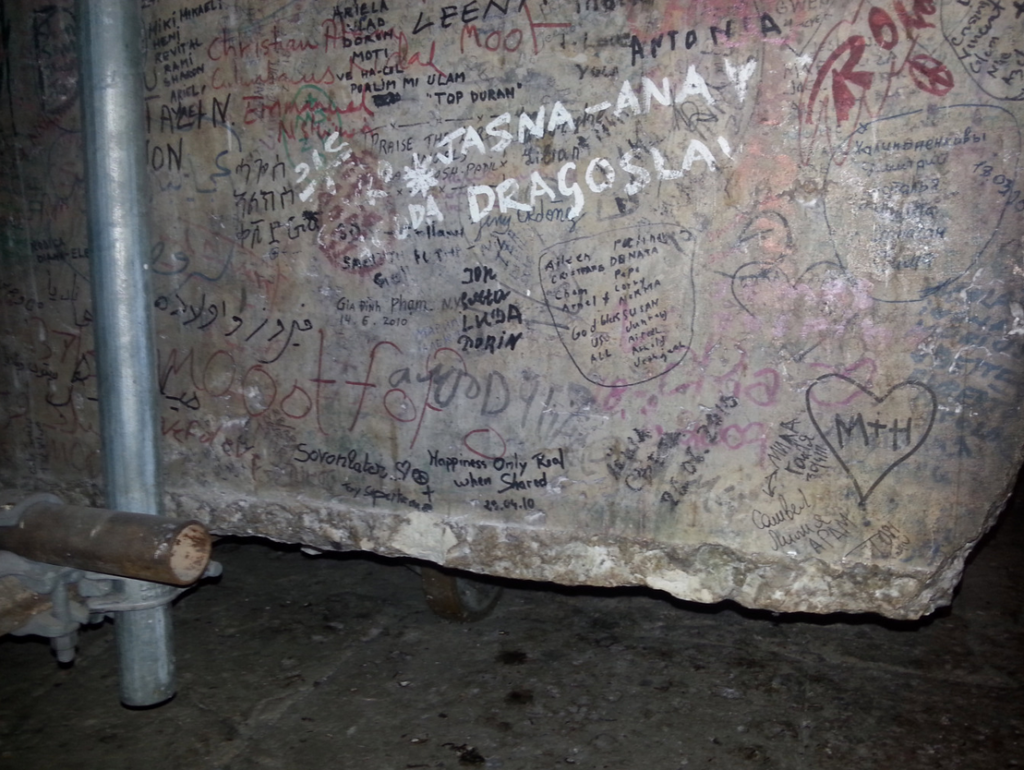A unique discovery was made by archaeologists at the site believed to be where Jesus was buried, in Jerusalem. Remarkably, it came to light in the most paradoxical way, as it was found by construction workers who simply turned over a giant stone slab covered with graffiti that was leaning against the wall of the Church of the Holy Sepulchre.
In the end, this was not just a large stone, but an ancient “treasure,” more specifically, an altar. It was decorated with designs depicting ribbons, a Roman practice during the Middle Ages, and distinct markings leading researchers to believe it was the Holy Altar consecrated in 1149 AD.
This altar was thought to have been destroyed in a fire in 1808 AD. “For historians, this find is highly significant in many respects,” stated the team from the Austrian Academy of Sciences (OeAW) that made the discovery.
Researchers note that it is impressive that such an important archaeological find had not been discovered for such a long time, especially since it was located in a place with a huge daily influx of tourists.
The site of the Church of the Holy Sepulchre has been recognized as the location of Jesus’ crucifixion and burial and receives about four million visitors each year.
The church, which measures almost 1,645 meters in diameter, was built over a Roman temple dedicated to the goddess Aphrodite in 335 AD. The construction was commissioned by the Roman Emperor Constantine I, and during the conversion, a tomb was uncovered that is believed to be that of Jesus, who died almost 300 years earlier.
The Church of the Holy Sepulchre has been attacked throughout the centuries, destroyed by the Persian army in 614, almost demolished in 1009, and then engulfed in flames during the 1800s, when the altar is believed to have been lost.
When found, the stone was covered in graffiti on its front, which is probably why it had gone unnoticed for so long. However, the unusual decorations on the side facing the wall led researchers to conclude that it was an example of the “Cosmatesque” technique, a special method of producing marble decorations exclusively applied by guild masters in papal Rome, who passed the skill down from generation to generation.

“Characteristic of this technique was the masters’ ability to decorate large surfaces with small amounts of precious marble,” say the researchers.
Cosmatesque artworks are believed to have been so favored by the Pope that they are rarely found outside of Rome, with only one example at Westminster Abbey discovered outside Italy, reports the Daily Mail.
The Church of the Holy Sepulchre is constantly undergoing renovation, which is why archaeologists continuously discover even more treasures.
In 2016, a conservation team from the National Technical University of Athens revealed a limestone burial slab inside Jesus’ tomb, which had been covered by layers of marble since at least 1555.
Ask me anything
Explore related questions





